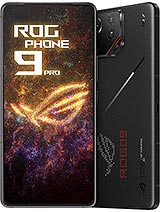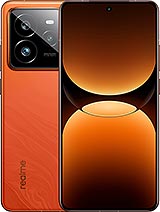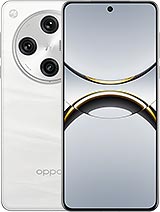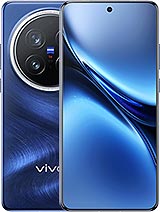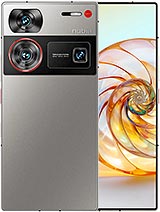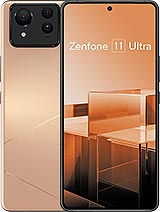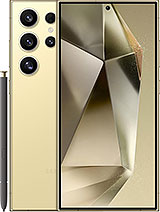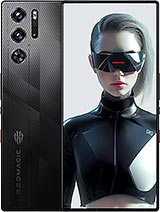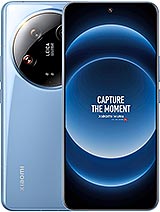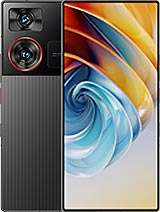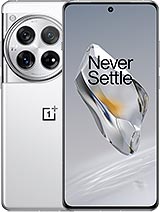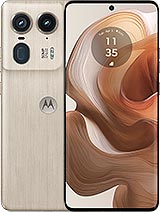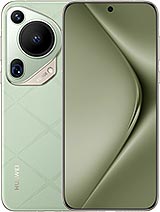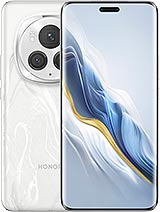nubia Z70 Ultra review

MyOS has turned into Nebula AIOS, Android 15 underneath
The nubia Z70 Ultra comes with a newly rebranded in-house software layer, dubbed Nebula AIOS - the MyOS of yesteryear is no more. It's not a radical change, of course - if anything, there's even less than the usual amount of small stylistic changes in the iconography or whatnot, compared to the Z60 Ultra. The Android 15 core below the Nebula is new, that's for sure.

We looked for some groundbreaking Nebula bits, but either they're well hidden, or there aren't all that many. That said, labeling this or that feature that's been around for a few years with an 'AI' badge is somewhat getting on our nerves, so you could say that the Nebula AI's lack of prominent AI features is a breath of fresh air.
There's a new AI Translate feature - that much we gathered. It's provided by ZTE and will translate voice calls in real-time, whether with voice or subtitles. The supported languages include Simplified and Traditional Chinese, two flavors each of Spanish and English, Russian, German, Italian, French, Portugues, Japanese, Thai, and Korean.
There's also Google Gemini on board, of course.
Other than that, Nebula is just like My. The characteristic quick toggles area, where the initial swipe would get you 4 large bubbles for Bluetooth, mobile data, flashlight, and now Wallet, has been a staple of nubia/ZTE/Red Magic for a couple of years.



Nebula AIOS on the nubia Z70 Ultra
Another one of those long-standing features for phones from these brands is the Game Space utility - just because the nubia doesn't rock the full-on gaming phone aesthetic, doesn't mean it can't be one in disguise. A bit cluttered and overwhelming at first sight, Game Space consists of two large symmetrical menus on each side of the display, with most of the functions readily accessible with a single tap. You can monitor your CPU and GPU frequency as well as, crucially, in-game fps using an overlay.
Performance and benchmarks
The nubia Z70 Ultra relies on the Snapdragon 8 Elite for its computing needs. We've been getting phones with Qualcomm's latest inside in droves over the past few weeks, and we've already reviewed a handful and know more or less what to expect from the Elite. That's top-tier performance, and the nubia delivers it too.

The all-new custom CPU cores in the Snapdragon returned excellent numbers in the Z70 Ultra's implementation, both in single-core and multi-core GeekBench.
The Antutu results are also in the ballpark we'd expect from the Elite, which is more or less what the competing Dimensity 9400 puts out too. By the way, our nubia is the 16GB/512GB version, and its storage speed corresponds to the UFS 4.0 spec. Also in existence are three other versions - 12GB/256GB, 16GB/1TB and 24GB/1TB - though probably not all of them will be seen outside of China. Either way, 16GB/512GB sounds perfectly alright.
In the GPU department, the nubia's Adreno 830 is behind the Immortalis GPU of the latest top-end Dimensity, but as Adrenos go, this one is pretty quick. The GT 7 Pro did score higher in graphics benchmarks, but if the Z70 Ultra can match the ROG Phone 9, there's not a lot to complain about here.
Things get a little more unusual in the stress tests. The Z70 Ultra's CPU experience a sharp drop in performance less than two minutes into the CPU Throttling test, hovered around 65% of its initial result for about 5 minutes and them proceeded to drop to around half of its starting performance. Not ideal.
In the Wild Life Extreme stress test, on the other hand, the nubia recorded an 85% stability rating, one of the highest we've seen from a phone without active cooling. Now, admittedly that was at the expense of very high operating temperatures - the Z70 Ultra's 55 degrees reported at the end of the test are at least 5 more than what we're used to seeing. It was pretty hot to the touch, yes, but not unbearably so. That should count as a win.
Reader comments
- Anonymous
- 16 Apr 2025
- bas
You clearly don't, if you're agreeing with the guy complaining his LG Wing, a phone using the default Android audio tech, sounds bad. Of course it sounds bad, he's listening to the default Android PCM setting(10/12-bit/48kHz). Prett...
- Anonymous
- 30 Mar 2025
- xHY
Thank you for still having real common sense, sir. Don't let people like him normalize the removal of both 3.5mm audio jack and microSD card slot. If anything, it only gives those capitalist corporations more chance to suck them into the inescap...
- Anonymous
- 30 Mar 2025
- xHY
How to tell people I know nothing about audio quality without telling people I know nothing about audio quality. 🙃🙃






